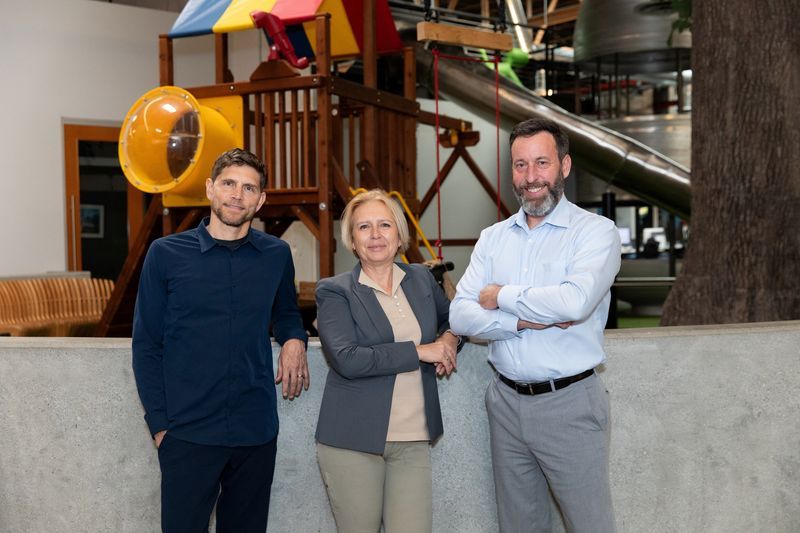
Part of this device dissolves naturally in the body after helping to heal. — AFP Relaxnews
American researchers at Northwestern University in Illinois have developed a small, flexible bandage that accelerates healing by applying electrotherapy directly to the wound. Once healing is complete, this connected dressing, which is entirely biodegradable, is absorbed by the body.
This electronic bandage, the first of its kind, can accelerate healing by nearly 30%. At least that's what early tests on mice suggest. The bandage also monitors the healing process, and can alert clinicians to potential problems in real time via a dedicated mobile application.
Unlock 30% Savings on Ad-Free Access Now!










































